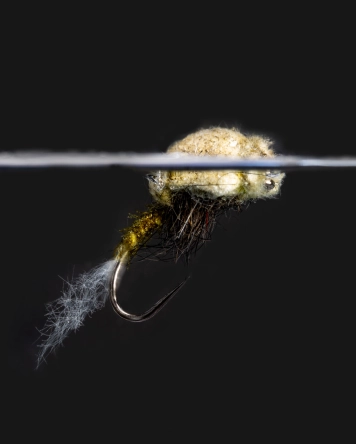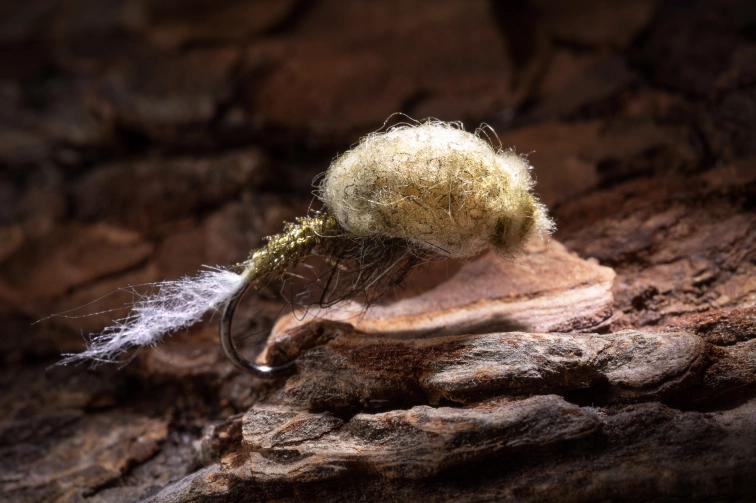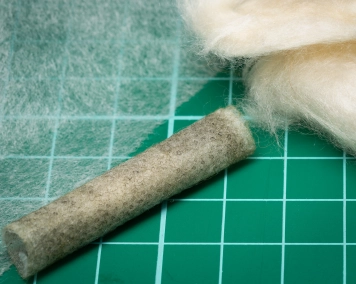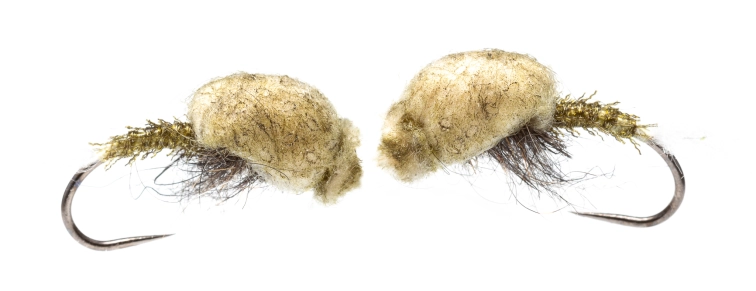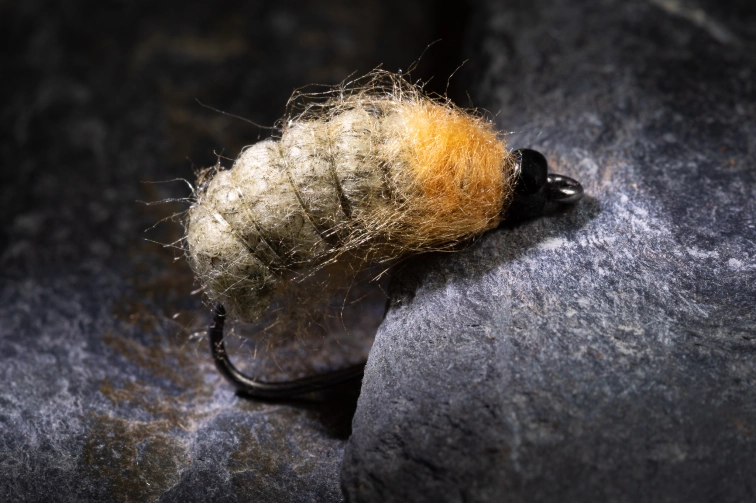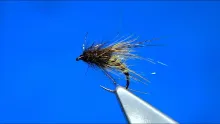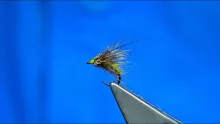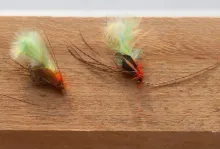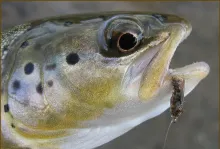Inspiration for a new fly design can come from anywhere. The May West is an example of a combination of materials that came together to create a new fly
In my experience inspiration for a new fly design can come from anywhere. Sometimes a new material will trigger an idea, sometimes it’s a combination of materials that come together to create a new fly. The Mae West is one of the latter.
I came across polypropylene medical wipes some time ago while searching for different forms of this lighter than water plastic. The wipes are made from a heat fused non-woven mesh of fine polypropylene fibres and are easily obtained online. Google polypropylene medical or patient dry wipes and you’ll find a supplier to buy from. You’ll get a lifetime’s supply in one packet. The ones I use came in a packet of 100 20x28cm sheets for £1. Despite being thin and lightweight at just 25g/m2, the material is very robust and resistant to tearing.
The inspiration for the Mae West came when James Matthews, a tying friend from Scotland, sent me some samples of kapok that he had dyed in different colours and a big chunk of the natural material to play with. The two materials came together, kapok inside, material on the outside, just like the life jackets that were called Mae Wests by 1940’s RAF pilots due to the curvaceous appearance they gave to anyone wearing one.
Kapok is a hollow fibre composed of lignin and cellulose with a waxy coating. A fibre like that is going to float like a cork and kapok does. In fact, it’s five times more buoyant than cork, supporting thirty times its own weight. Buoyancy is retained for a long time, the material losing only ten percent after sitting in water for thirty days. I give the fly a thin coat of Gink before fishing and it floats all day.
The lifejacket of the May West is made from a roll of polypropylene mesh with a stuffing of kapok. The procedure for making it is similar to making a spring roll, or hand rolling a cigarette if you’ve ever done that.
Cut a section of the mesh around four centimetres square, place it on a piece of scrap paper and colour one side with a marker pen. Turn the mesh over and apply a little glue along the far edge with a glue stick. Place a noodle of kapok near the front edge and roll the mesh around the kapok until the glued end is stuck to the roll. Use a thin pencil or the end of a paintbrush to push the kapok in from the ends of the roll leaving just the mesh at the ends.
The combination of kapok and polypropylene mesh has lots of potential for tying other floating imitations. For example, the waste end of the kapok roll cut off from tying a Mae West can be tied in at the bend of a hook, ribbed with some monofilament and topped off with a bit of dubbing to makes a floating pupa.
- Log in to post comments

